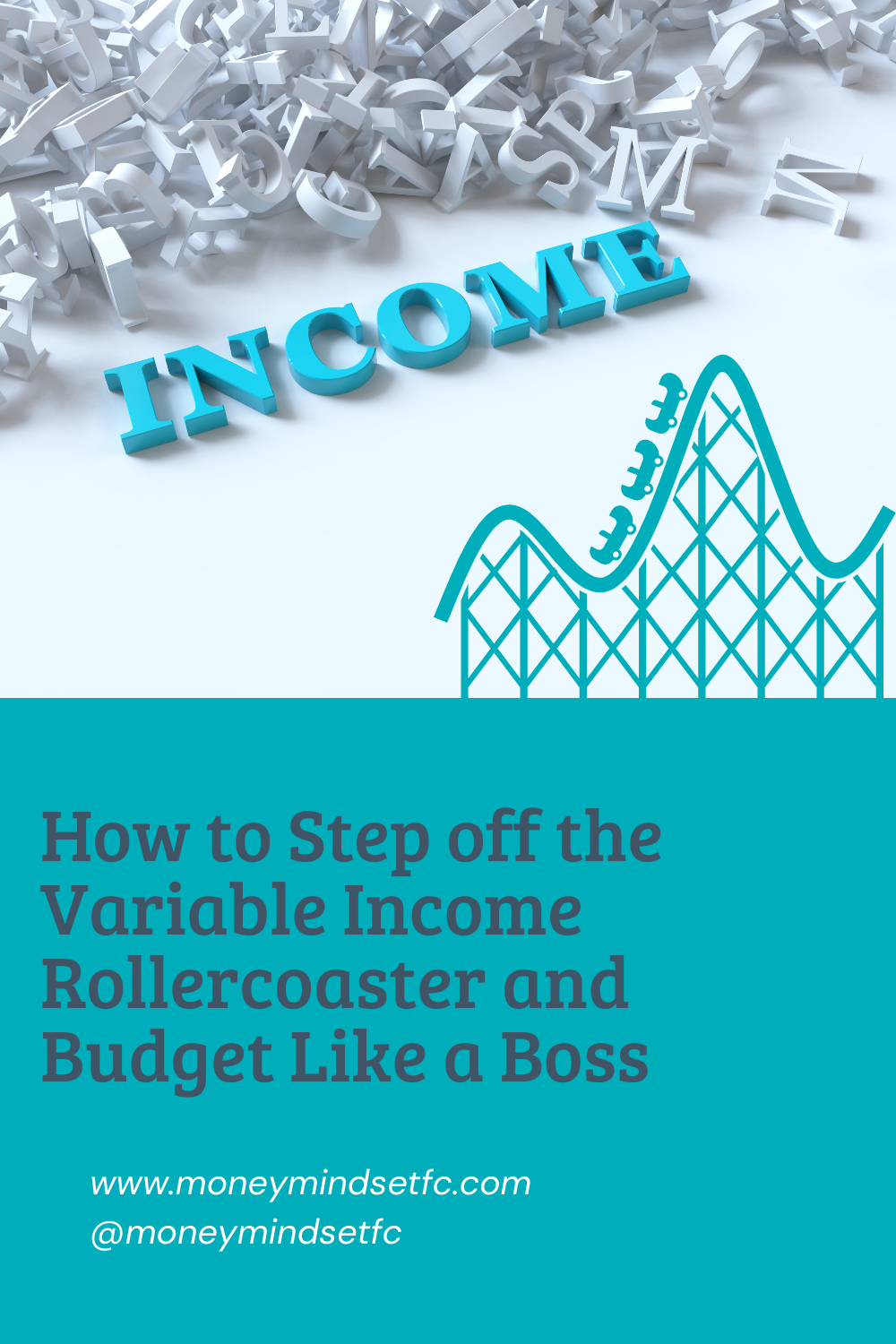How to Build Your First Budget: And Actually do Something with it!!
When you hear that you need a budget to do x,y, or z with your money, chances are you have one of two reactions.
1- F being on a budget, I want to enjoy my life OR
2 - I know I need one, but I don’t know how. I’ve tried before and it was a complete fail!
It doesn’t matter which one hits closer to home for you, but what does matter is that you are here, and I am here to help you. This article is all about helping you build your budget, but you don't have to because I’m here to support you. If you’re ready for help, let’s connect on a no-charge 30-min Zoom call.
If you have been avoiding building a budget for yourself because believe that a budget is all about restriction, let's dispel that myth.
A budget is deciding where you WANT your money to do. Living without one gets you to the end of the month without putting money towards the things that are important to you. A budget means more money for travel, other savings, or more money to pay down debt. It is you being proactive and deciding what you want your money to do for you. Depending on your income and personal circumstances, you may not have money for extras, but in these situations, there is power and motivation in knowing where you stand.
If you’ve tried to build a plan for your money before and have given up because it wasn’t working, don’t beat yourself up. There’s too much information on building the budget and not enough on implementing one!
Let’s get you started with your money plan!
It’s important to work with a method that feels best for you. Maybe that’s a notebook, a whiteboard, or maybe it’s a spreadsheet to do all the math for you. Whatever method you choose, you can grab my free budget tool. You can either use it in full or as a reference to get the different categories.
It’s time to find your numbers!
This can feel overwhelming, especially if you have been avoiding your numbers. This is very common - so don’t feel alone. It’s also not fun, but I encourage you to put in the work because it will pay off for you! There are three different types of spending, which need three different methods to collect your numbers.
Your bills and regular payments-including any debt payments: Take a look at your bank and credit card transactions. If you’re a visual person, you can print your statements off and highlight or cross the items out as you go. Add dates that payments are due and approximate amounts (if they vary I do like to include the approx. range and use a number on the higher end for your plan).
Next up is variable spending (I also like to call this day-to-day spending). These items tend to vary pretty significantly week to week for most people. This area tends to be where many people get off track quickly with their spending. This category includes all regular spending that you do, that didn’t fall into the 1st category. Items like groceries, gas, restaurants, personal care etc. It’s a lot more work to track these exact numbers down, but going through bank and credit card statements is an option to see what you have been spending. You can also use estimates for these items based on what you believe your average spending is - estimating is more than OK if that works for you!
Last up we have whammy or holy shit expenses. These items tend to feel like a punch in the gut when they happen and you dread them. This can include things you can’t avoid like car repair bills or larger annual payments, but more optional items also fall into this category (like travel). When planning for things in this category, I find it is a good idea to think if the items on an annual basis and then break them down to amounts based on your pay frequency.
Now it’s time to crunch the numbers and compare your expenses to your income. If you have a positive, I encourage you to go back and assign the surplus to a category that you want to have more money for or add new items that you want to be able to start putting money towards. If you have a shortage, this can feel overwhelming, but knowing is the first step toward making changes. Review your expenses and see where you can make adjustments, or think about ways you can increase your income.
HOW to put your budget into action!
This is where things tend to break down, but not this time! We are going to break out implementing your plan based on the three categories we just planned out.
For your bills and regular payments, make a list of them in order of their due dates (or do a sort on your spreadsheet). Include the amounts so you have a clear picture of these payments. You could use a whiteboard calendar to map these out if that visual aspect would be helpful for you. Now look at the next few dates that you are paid, and break down the list of bills that will need to be covered between each payday, then crunch the numbers so you know what is left after all your bills are paid.
For the day-to-day spending category, I bet you’re worried I’m going to tell you to track every penny, but I’m not! I’ve got a method that requires little to no tracking! I want you to add up all the amounts for the different items in this category. I recommend you break these down into amounts based on your pay frequency. For example, if you are paid bi-weekly, what is the total amount you want to spend for ALL items every two weeks? Now, here is where the magic happens! Find a way that works for you to separate this amount from your regular bank account. Here are a few options:
Cash (it’s a little more difficult to manage, but a good place to start because it is very visual and gives you a very clear hard stop).
Open a new account to manage this spending and transfer to it each payday. It may also be an option to have your employer split up your payroll deposits.
Use a credit card to manage this spending. This requires more attention than the other methods because a credit card will let you spend outside of your plan. To do this you need to have a credit card that you don’t carry a balance on, and schedule regular check-ins to monitor that you are on track.
For whammy or holy shit expenses, separation is important here too.
Break the annual amounts down based on your pay schedule. If you are paid bi-weekly divide the annual amount by 26.
Open savings accounts for each item. Be sure to pay attention to bank fees and interest rates. You don’t want to add any fees and the higher the interest rate, the better.
Set up automated transfers to these savings accounts for each payday.
You don’t have to start them all at once. Start with the items that are most important to you.
Once you have your systems in place, it’s time to stay tuned to how things are working. Setting aside time each week to check in is an important part of managing your money. Having a reminder on your phone can be very helpful to establish your new habits.
HAPPY BUDGETING!!!
Save this link for later so you can come back and review it after you’ve been working on your budget for a month or two.






